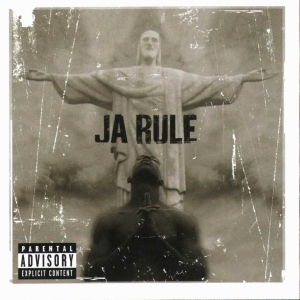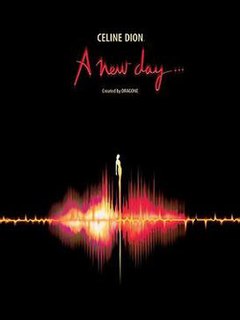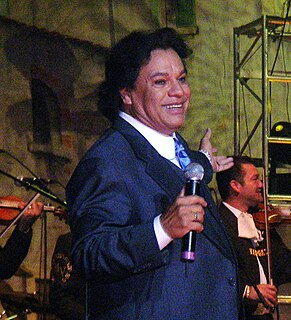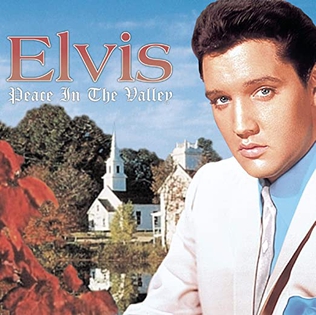
Family Home Entertainment (FHE) was an American home video company founded in 1980 by Noel C. Bloom. It was a division of International Video Entertainment, which had its headquarters in Newbury Park, California.

Venni Vetti Vecci is the debut studio album by American rapper Ja Rule. It was released on June 1, 1999, by Def Jam Recordings and Irv Gotti's Murder Inc. Records. It was the first album to be released on Murder Inc. Production was mostly handled by Irv Gotti, with additional work provided by Lil Rob, Ty Fyffe, Erick Sermon and Self Service. The album features guest appearances from Jay-Z, DMX, Case, Memphis Bleek, Black Child, Ronald Isley and Erick Sermon, among others. The album title alludes to the Latin phrase "veni, vidi, vici", meaning "I came, I saw, I conquered".

A New Day... was the first concert residency performed by Canadian singer Celine Dion in The Colosseum at Caesars Palace in Las Vegas. It was created and directed by Franco Dragone support her seventh English-language and eighteenth studio album A New Day Has Come (2002). and premiered on 25 March 2003. A 90-minute event, A New Day... introduced a new form of theatrical entertainment, a fusion of song, performance art, innovative stage craft and state-of-the-art technology. Dion was originally contracted for three years, however, due to its immediate success, the show continued for an additional two years. A New Day... ended on 15 December 2007, after a five-year run. A New Day... is the most successful residency of all time, grossing over US$385 million and drawing nearly three million people to 717 shows.

The year-end charts for the Hot Latin Songs chart are published in the last issue of Billboard magazine every year. Initially, the chart was based on information provided by Nielsen Broadcast Data Systems, which collected airplay information from Latin radio stations in the United States. On the week ending October 20, 2012, the methodology was changed to track the best-performing Spanish-language songs based on digital downloads, streaming activity, and airplay from all radio stations in the country. The Year-End charts represent aggregated numbers from the weekly charts that were compiled for each artist, song and record company.

"Here We Go Again" is a country music standard written by Don Lanier and Red Steagall that first became notable as a rhythm and blues single by Ray Charles from his 1967 album Ray Charles Invites You to Listen. It was produced by Joe Adams for ABC Records/Tangerine Records. To date, this version of the song has been the biggest commercial success, spending twelve consecutive weeks on the US Billboard Hot 100 chart, peaking at number 15.
"It'll Be Me" is a song written by Jack Clement, first released in April 1957 by Jerry Lee Lewis, as B-side to his single "Whole Lot of Shakin' Going On".

Peace in The Valley: The Complete Gospel Recordings is a triple-CD compilation album by Elvis Presley, released in 2000.
The Year-End charts for the Regional Mexican Albums chart in the 1980s are published in the last issue of Billboard magazine every year. The chart was based on information provided by Nielsen Broadcast Data Systems, which collected a survey from music retail shops and one-stop sales in the United States until May 1991 when the methodology was changed to include point-of-sale data compiled from Nielsen SoundScan. The Year-End charts represent aggregated numbers from the weekly charts that were compiled for each artist, album and record company.





